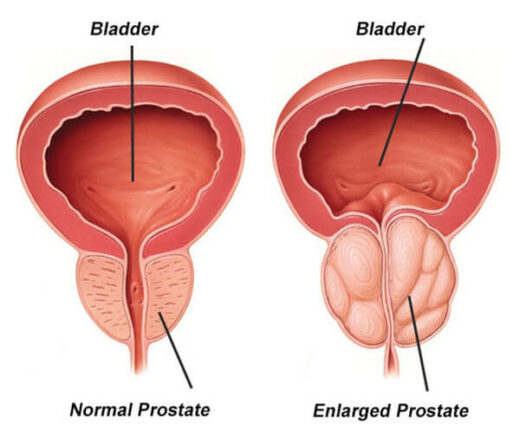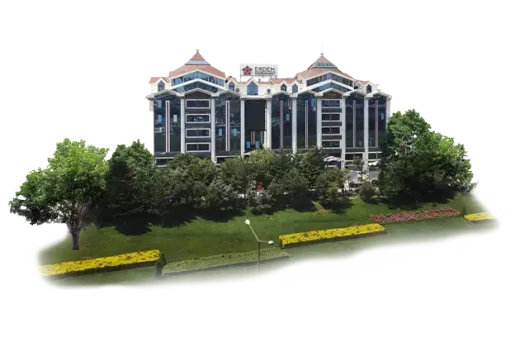It usually begins subtly. You start waking up once a night to pee them twice, then three times. You shrug it off, blame your coffee habit, or chalk it up to age. But before long, your days revolve around proximity to the nearest bathroom, and your nights? They’re fragmented, restless, and frustrating.
This is the quiet reality for millions of men living with Benign Prostatic Hyperplasia (BPH), more commonly known as enlarged prostate. It’s not cancer. It’s not immediately life-threatening. But it is life-altering.
BPH slowly transforms a man’s daily rhythm, eroding comfort, independence, and dignity. In this article, we unpack the real, lived experience of BPH and explore how modern treatments are helping men take their lives back one uninterrupted day at a time.

What Is BPH and Why Does It Happen?
BPH refers to a non-cancerous enlargement of the prostate gland, which sits just below the bladder and wraps around the urethra. As men age, hormonal shifts particularly a change in testosterone and dihydrotestosterone levels cause the prostate to grow. While this growth is benign, it compresses the urethra, making urination increasingly difficult.
By age 60, over 50% of men have signs of BPH. By 80, that number climbs to over 80%.
Yet despite its prevalence, BPH remains underdiagnosed and undertreated largely because men are reluctant to talk about urinary problems.
How BPH Interrupts Everyday Life
Living with BPH isn’t just about frequent urination. It’s about the mental and logistical toll that comes with constantly planning your life around a bathroom.
1. The Morning Routine That Takes Forever
You wake up and feel like your bladder is full but when you try to go, it’s slow. Weak stream, straining, maybe even a sense of incomplete emptying. You think you’re done, walk away, and suddenly feel the urge again.
2. Meetings and Long Drives Become Stressful
If you’re still working, BPH makes boardroom meetings feel like endurance tests. Public speaking, long drives, flights, or even standing in line all become anxiety-inducing events.
3. Social Outings Are a Hassle
Dinner with friends? A movie? A concert? You find yourself checking the restroom layout before the menu. Your social life narrows as your bladder dictates your schedule.
4. Sleep Becomes a Battle
Nocturia waking up multiple times at night to urinate is one of the most frustrating symptoms. It disrupts sleep quality, causes fatigue, and affects mood and concentration during the day.
5. You Lose Control Literally and Emotionally
Urgency and occasional leakage add a layer of humiliation. Even the threat of accidents can diminish confidence. Over time, this erodes self-esteem and changes how men see themselves.
You’re Not Just Tired, You’re Isolated
BPH is not just a physical condition it’s an emotional one.
Men often don’t talk about what they’re going through. Urinary problems are considered embarrassing. Many fear it’s a sign of aging, weakness, or worse cancer. The result? A silent epidemic of discomfort and denial.
This can lead to:
- Chronic frustration
- Social withdrawal
- Anxiety and depression
- A loss of sexual confidence
One patient described it this way: “You feel trapped in your own body. You’re always managing the problem instead of living your life.”
Why Men Wait Too Long to Seek Help
Men delay seeking treatment for BPH for many reasons:
- Shame or embarrassment
- Assuming it’s a normal part of aging
- Fear of surgery or side effects
- Lack of awareness of modern treatment options
Unfortunately, waiting can allow symptoms to worsen and may increase the risk of complications such as urinary retention, bladder stones, or even kidney damage.
The truth is, the sooner BPH is addressed, the easier it is to manage and modern medicine offers options far more comfortable and effective than many realize.
Reclaiming Your Freedom
The good news? BPH is highly treatable. Today’s therapies go beyond traditional medication and outdated surgeries.
1. Lifestyle Adjustments
- Limit caffeine and alcohol
- Avoid evening fluids
- Double-voiding (urinating twice in a row)
- Bladder training exercises
These changes are a good first step but rarely resolve moderate to severe cases.
2. Medications
- Alpha-blockers (e.g., tamsulosin): Relax the muscle of the prostate and bladder neck to improve flow
- 5-alpha reductase inhibitors (e.g., finasteride): Shrink the prostate over time
- Combination therapy may offer the best of both worlds but often comes with sexual side effects, including decreased libido or difficulty ejaculating.
3. Minimally Invasive Procedures
For men who want long-term relief without major surgery, these options are game changers:
- UroLift®: Tiny implants lift and hold the enlarged prostate tissue away from the urethra. No cutting, no removal.
- Rezūm™: Steam therapy that shrinks prostate tissue using water vapor.
- HoLEP (Holmium Laser Enucleation): A laser removes the excess tissue while preserving sexual function and reducing recurrence.
These procedures offer rapid recovery, low complication rates, and significant symptom relief often restoring normal urination and sleep within days.
Considering BPH Treatment Abroad?
For men exploring safe, advanced, and affordable treatment options, Turkey has become a popular destination especially for laser therapies like HoLEP or Rezūm.
At Erdem Hospital, we offer:
- Board-certified urologists
- State-of-the-art laser technology
- Personalized treatment plans
- Comprehensive care for international patients, including accommodation and transfer coordination
- English-speaking patient consultants
It’s Time to Leave the Bathroom Behind

If your days are measured in bathroom trips, if your sleep is broken and your confidence worn down, it may be time to stop enduring and start exploring solutions.
You’re not alone. And more importantly you’re not stuck.
Reclaim Your Time, Your Sleep, Your Life.
Speak with a urology specialist at Erdem Hospital today and discover a better way forward.